Introduction of fiber optic patch cords to reduce insertion loss
Time: 2020-03-19
I. Lateral misalignment and insertion loss
The main factors causing fiber optic connector insertion loss are lateral misalignment, end face gap, diameter mismatch and tilt connection, etc. Domestic and foreign companies and research units have carried out detailed experiments and engineering quantitative research. Today, the optical performance and repeatability of fiber optic connectors have been significantly improved, from the initial 0.5-1 dB of insertion loss down to today's level of 0.2 dB; insertion and removal of 500 times, the insertion loss change can be controlled within 0.1 dB.
In the process of fiber optic docking project, the loss caused by lateral misalignment of the fiber core is called misalignment loss, which is the main source of insertion loss in fiber optic connection, especially for single-mode fiber. Without considering other factors, the connection loss caused by transverse fiber misalignment can be approximated as follows:

where d denotes the misalignment distance of the two butted fibers and ω denotes the spot distribution function. Figure 1 depicts the relationship between core transverse misalignment and insertion loss for a typical single-mode fiber (spot energy distribution is approximated as Gaussian):
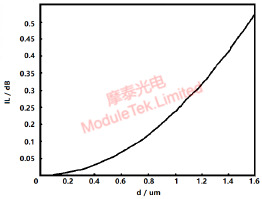
Figure 1 Single-mode fiber core transverse misalignment distance versus insertion loss.
The transverse misalignment of fiber optic connector core is determined by a number of factors, such as the concentricity between the inner hole and outer diameter of the ceramic ferrule, the concentricity between the curing position of the fiber core and the hole of the ferrule, and the positional deviation in the multi-core arrangement. The current processing technology better core hole concentricity can reach within 0.3 um, and due to the ceramic core hole is slightly larger than the fiber diameter, so in the use of curing adhesive will be fixed with the ceramic core fiber, optical fiber is almost impossible to be located in the center of the position, but also will bring a certain amount of eccentricity. The diameter of the core bore is generally more than 0.5 um larger than the fiber diameter, so an overall concentricity variation of 1-1.3 um, i.e. lateral misalignment, can be generated. As seen in Figure 1, this corresponds to an insertion loss of about 0.2 dB, which is the mainstream insertion loss range in industry today. If the insertion loss is to be less than 0.1 dB, the transverse misalignment needs to be controlled to within 0.7 um.
Want to reduce fiber optic connection loss, the first step is to reduce its lateral misalignment, there are two main ways in the industry:
1. through the point of adjustment process, all the fiber core eccentricity position are adjusted to the connector fixed area.
2. Improve the processing/assembly process to improve the concentricity of the fiber core.
II. Adjustment point process to reduce insertion loss
Adjustment point process, is for the pre-assembled fiber optic connector, through the different core eccentric position are adjusted to a region, to achieve the eccentric position of mutual compensation, to achieve the overall lateral misalignment to reduce the effect of the method. A typical pre-assembled ceramic core consists of a ceramic tube and a tailstock (Fig. 2, Fig. 3), with a convex and concave slot between the tailstock and the sleeve to hold the insert. According to the recommendations of the TIA/EIA standard, the four slots in the tailstock are evenly spaced around the circumference. By rotating the insert, the eccentricity can be controlled to within ±22.5° of the specified position (Key key, also known as the locating key, see schematic points in Figs. 3 and 4), i.e., to within ±45° of the angle of the eccentricity when the two connectors are connected.

Figure 2 Typical insert 3D drawing

Figure 3. Typical insert and key (green dots)
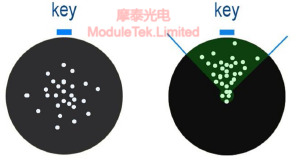
Figure 4. Distribution area (top) and key parameters (bottom) after eccentricity adjustment
Figure 4 illustrates the eccentricity region of the insert after the tuning process. The tuning effect is mainly described by the region angle H, the maximum region radius F, and the center region radius G. Table 4 lists the parameter values of the different classes of inserts according to the IEC 61755 (2005) classification. Obviously, the more concentrated the eccentricity region (smaller values of H, F, and G), the higher the core grade, the better the core concentricity, the less lateral misalignment occurs during the connection, and the lower the corresponding insertion loss.
Table 1. Relationship between core grade and eccentricity region parameters (IEC 61755 (2005) standard)
|
Ref |
Units |
Grade A |
Grade B |
Grade C |
Grade D |
||||||||||||
|
PC |
APC |
PC |
APC |
PC |
APC |
PC |
APC |
||||||||||
|
Min |
Max |
Min |
Max |
Min |
Max |
Min |
Max |
Min |
Max |
Min |
Max |
Min |
Max |
Min |
Max |
||
|
F |
\ |
0 |
0.6 |
0 |
0.6 |
0 |
1.2 |
0 |
1.0 |
0 |
1.5 |
0 |
1.4 |
0 |
1.6 |
0 |
1.5 |
|
G |
\ |
0 |
0.1 |
0 |
0.1 |
0 |
0.3 |
0 |
0.2 |
0 |
0.3 |
0 |
0.3 |
NA |
NA |
NA |
NA |
|
H |
\ |
0 |
50 |
0 |
50 |
0 |
50 |
0 |
50 |
0 |
50 |
0 |
50 |
NA |
NA |
NA |
NA |
The pointing process can be performed by automated concentricity testing instruments such as Norland's Centroc, Data-Pixel's Koncentrik, and Dimension Technology's Core Turner series. Insertion loss can be significantly improved and kept within limits before and after spotting (Table 1):
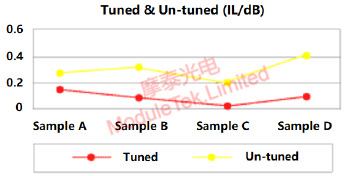
Figure 5. Typical changes in insertion loss before and after point tuning
III. Improve core concentricity of pre-assembled inserts
Physical size to improve the preassembled core core concentricity is the most fundamental way to reduce the transverse misalignment, but due to the material processing technology, core manufacturing process, through the fiber positioning control process, etc., want to use this method to get beyond the industry level of products, need to use ultra-precise control of mechanical equipment, the cost of higher costs, only with a certain scale of enterprises will be considered.
3.1 Ceramic insert manufacturing process
At present, the ceramic insert manufacturing process is varied, the typical method is to use zirconia material to make the core blank, using injection molding method to form a 120 um or so diameter bore, and then carry out precision machining of the inner hole and outer diameter. During the precision machining process, the core blank is threaded onto a special steel wire of varying thickness, and the bore is ground up by rotating and moving the core until it reaches 125 um or other required values. The outer diameter is then repeatedly ground by means of a rotating device and a grinding wheel to improve concentricity. Currently, ceramic inserts with a concentricity of less than 1 um can be obtained by this process.
To improve the concentricity of the inner hole and outer diameter of the insert, we can start from two aspects. One is to improve the core embryo production accuracy, such as the use of the offset of the bore is not straight feedback to trim the mold structure, correct the material channel structure, so that the embryo core bore offset to reach the minimum. A company researcher has tested the repair mold produced after the embryo insert Z direction of the hole diameter offset can be controlled within 20 um. The second is to improve the precision of OD processing, such as improving the guide wheel mechanism in the grinding equipment, optimizing the chip removal groove, reducing the impact of grinding heat and grinding temperature on the product. The improved grinding equipment can control the overall coaxiality of the outer diameter of the insert bore within 0.6 um.
3.2 Core assembly process
The method has only begun to test and apply in recent years, the use of optical observation (magnified imaging, machine vision, etc.) method, in the fiber and core assembly curing process of real-time detection of the concentricity of the two, and real-time adjustment of the fiber core position in order to achieve the highest possible degree of concentricity. For example, researchers at the China Academy of Metrology have proposed a compact machine vision system (Figure 5) that, in conjunction with a specific LED lighting scheme and edge detection algorithms, can quickly detect the concentricity of the core with a deviation of about 0.01um from the nominal parameter.
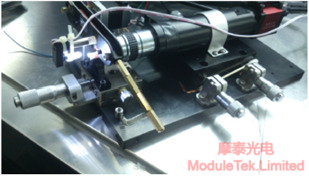
Figure 6. Machine vision system for fiber optic ferrule concentricity inspection.
Although not yet in scale, the method can potentially be used for real-time monitoring of the core and fiber assembly process because the illumination and imaging process does not require contact with the functional area of the end face of the object and does not affect the fiber assembly process, and because of the fast feedback rate of the results, which can be used to optimize the concentricity of pre-assembled fiber optic insert products by sequentially adjusting the position of the core in the insert. This method can be used to manufacture ultra-high concentricity fiber optic connections, e.g., 0.3 um and below, which is close to the industrial limit.
Moduletek Limited offers the products covered in the above application guide.
If you have any questions about the above content, you can contact us by Email : web@moduletek.com

 40G/100G Optical Transceivers
40G/100G Optical Transceivers 10G/25G Optical Transceivers
10G/25G Optical Transceivers 155M/622M/2.5G Optical Transceivers
155M/622M/2.5G Optical Transceivers 100M/1G Optical Transceivers
100M/1G Optical Transceivers FC 16G/32G Optical Transceivers
FC 16G/32G Optical Transceivers CWDM/DWDM Optical Transceivers
CWDM/DWDM Optical Transceivers 100M/1G/10G Coppers
100M/1G/10G Coppers Active Cable AOC
Active Cable AOC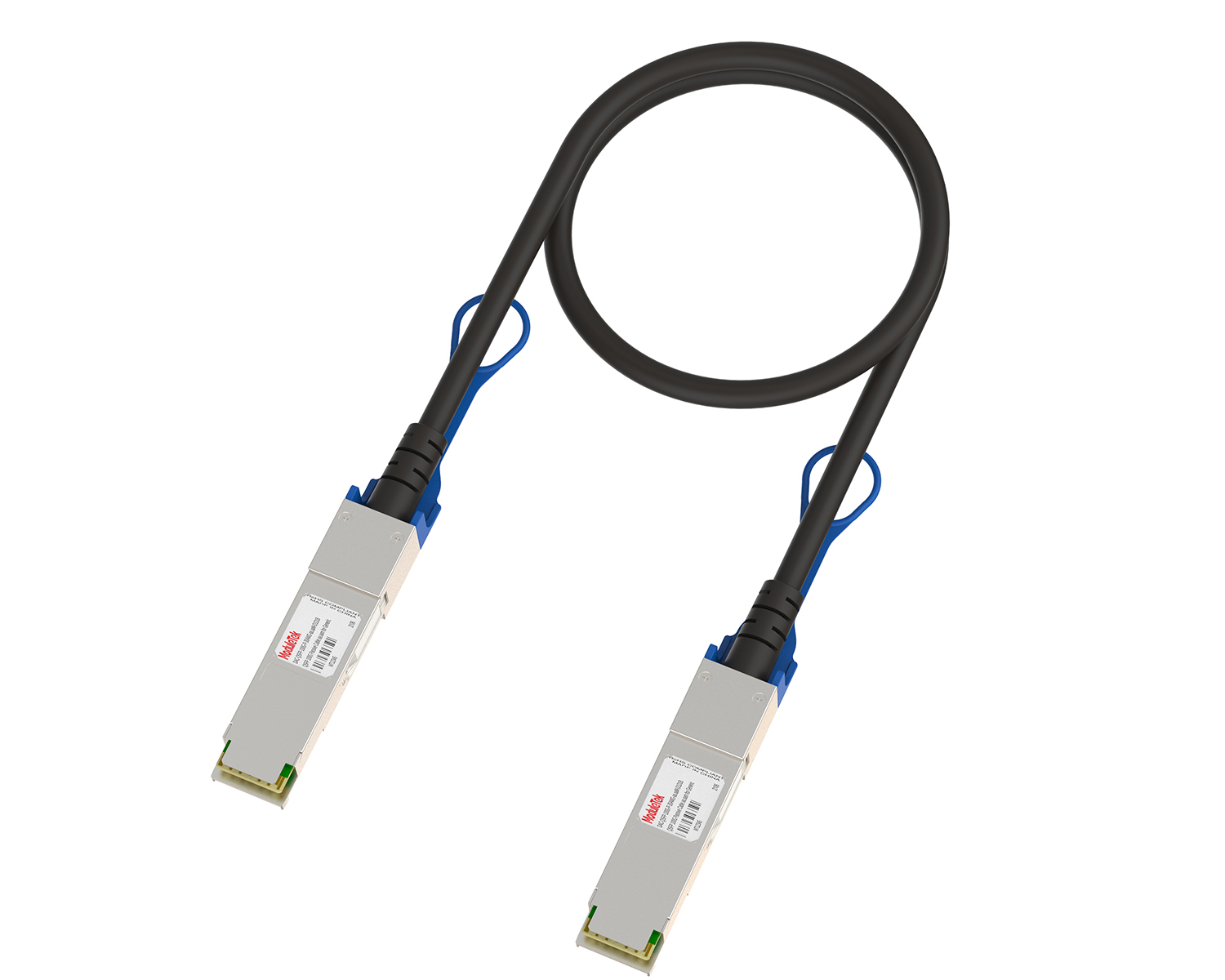 Direct Attach Cable DAC
Direct Attach Cable DAC Regular/MTP-MPO Fiber Patch Cords
Regular/MTP-MPO Fiber Patch Cords MT2011
MT2011 MT2010
MT2010 CodingBox
CodingBox






